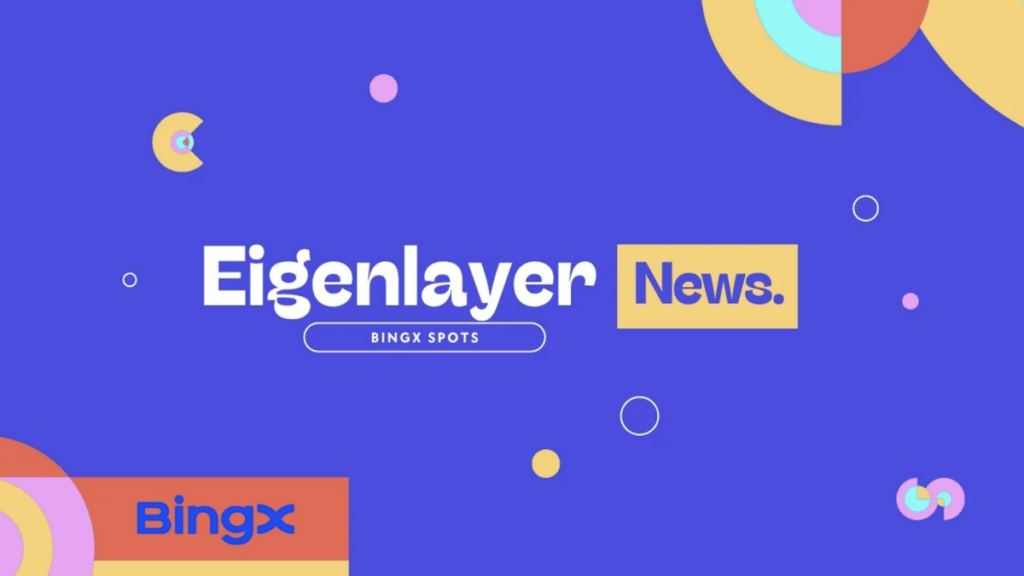The current standard for NFTs on Ethereum, ERC-721, has limitations when it comes to representing complex ownership structures. Enter ERC-998 – an extension of the ERC-721 standard that allows for composable NFTs, transforming the way we think about digital assets on the blockchain.
What is ERC-998?
ERC-998 is a standardized contract interface that extends the functionality of ERC-721 tokens. It introduces a new feature called “composability,” which enables an NFT to own other NFTs (ERC-721) or fungible tokens (ERC-20). This means that NFTs can now be composed of multiple components, creating a hierarchy or relationship between them.
In simpler terms, ERC-998 allows for the creation of complex digital assets by combining smaller, simpler NFTs and/or ERC-20 tokens.
Types of ERC-998 Tokens
There are two types of composability when it comes to ERC-998 tokens: top-down and bottom-up. Top-down composable tokens own and manage a collection of child tokens, which can be either NFTs or fungible tokens. A good example of this is an in-game character owning various items like weapons and armor as individual NFTs or ERC-20 tokens.
On the other hand, bottom-up composable tokens can be attached or linked to a parent NFT. These tokens are often non-transferable and serve as badges of achievement or certifications linked to an NFT representing a profile.
Key Features and Capabilities of ERC-998
One of the significant advantages of ERC-998 is its hierarchical ownership feature. This allows for the creation of complex ownership trees or nested structures of NFTs, providing a more comprehensive representation of digital assets.
Another key feature is the ease of transferability for composite tokens. With ERC-998, an entire asset composed of multiple NFTs and ERC-20 tokens can be transferred in a single transaction, simplifying ownership and potential marketplaces.
Moreover, the atomic transaction feature ensures the integrity and consistency of composite token transfers. This means that either all child tokens will be transferred together with the parent token or none at all, avoiding any discrepancies or issues.

Source: Depositphotos
Use Cases of ERC-998
The potential use cases for ERC-998 are vast and diverse. Here are just a few examples of how this standard can transform different industries:
Gaming:
In the gaming industry, ERC-998 allows for complex in-game assets to be represented as top-down composable NFTs composed of items and attributes. This not only simplifies ownership but also facilitates in-game asset management and trading.
Digital Collectibles:
Collections of NFTs can be bundled as a single ERC-998 token, making ownership and potential marketplaces more convenient for digital collectibles.
Representing Real-World Assets:
ERC-998 tokens have the potential to transform real-world asset representation on the blockchain. For example, real estate ownership could potentially be fractionalized and represented by ERC-998 tokens, allowing for easier ownership transfers and investment opportunities.
Identity & Credentials:
Badges, certifications, and other non-transferable achievements can be linked to an identity NFT using bottom-up composable tokens. This provides a secure and verifiable way to showcase one’s achievements or credentials.
Advantages and Limitations of ERC-998
ERC-998 offers several advantages, such as increased versatility and ease of managing composite assets. It also opens up the possibility for novel use cases in various industries. However, it is still an evolving standard with potential changes and limitations, including gas costs and lack of support from some NFT marketplaces and wallets.
Conclusion
In conclusion, ERC-998 has the potential to transform NFT use cases by enabling the management and transfer of composite assets. Its hierarchical ownership and composability features open up new possibilities in gaming, digital art, real-world asset representation, and identity verification. While there are still limitations and potential for changes with this evolving standard, it is an exciting development that encourages experimentation and innovation in the world of NFTs.
Featured Image: Depositphotos
Author

Web3 advocate with a knack for breaking down complex concepts into engaging narratives.




